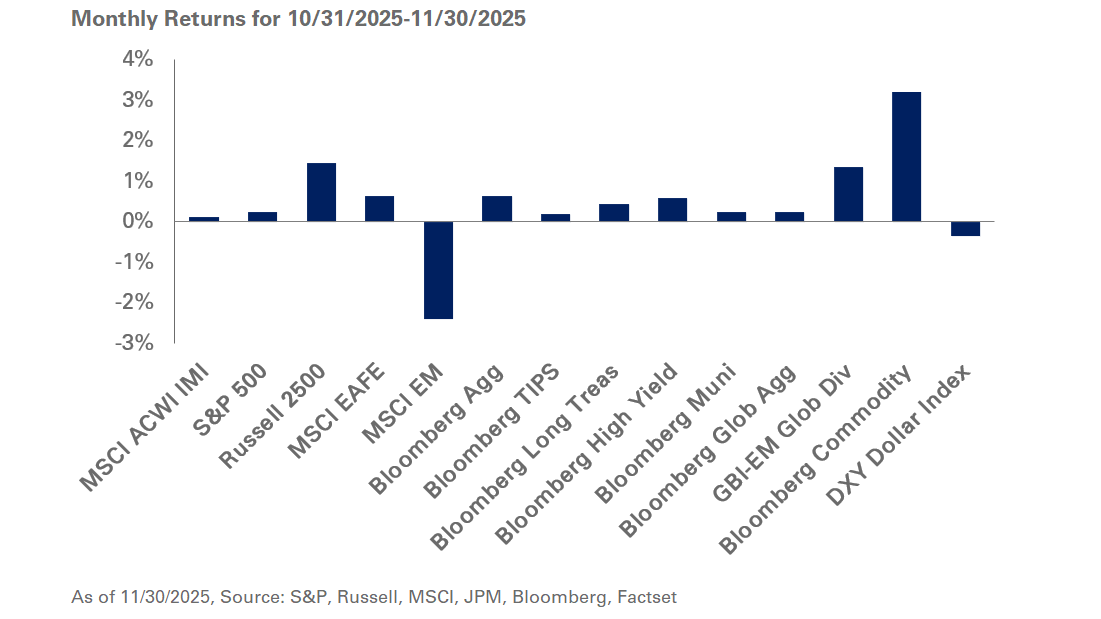
From NEPC’s vantage point, the recently passed US tax reforms affect corporate pension plans in two significant ways.
One, the new rules will compel employers to reexamine their pension strategy given the drop in the corporate tax rate. Companies will have to evaluate their longer-term funding policy in light of the potential benefits from near-term contributions. In addition, the new tax laws provide incentives for companies to repatriate cash overseas into the United States. Fuller coffers can mean an increase in investable assets or a source of funds for near-term pension contributions.
At NEPC, we are actively working with our corporate clients as they weigh options in this shifting landscape. Broadly speaking, corporations have three choices:
- To make contributions to sharply reduce risk within a pension plan with the potential to sell-off the liabilities
- To make contributions that increase funded positions with the goal of reducing or eliminating variable PBGC premiums
- To not make any contributions and, instead, concentrate on developing a more return-focused investment program
Each of these options requires a different investment approach and we are working with clients to develop the right plan for them. For instance, employers electing to make additional contributions will find themselves managing a pension plan with an improved funded status. For these clients, NEPC is advising changes to asset allocation and glide-path positioning to ensure the best bang for the buck. Our perspective extends beyond increasing long-bond exposure to include more dynamic strategies such as dual beta and defensive equity investments. In addition, we are helping our clients assess fixed-income completion managers to help preserve and improve funded status.
For plan sponsors electing to not make any contributions, we believe it is vital to maximize returns given today’s market environment. Repatriations may lead to fewer corporate debt issuers coming to market, potentially fueling an uptick in bond prices. Falling yields could result in higher liabilities and lower funded status, possibly affecting glide path triggers. To this end, we remain committed to helping employers maximize risk-adjusted returns. For instance, our investment recommendations include differentiated credit investments that run the gamut from niche opportunities in securitized debt markets, to long/short credit strategies, and private credit exposure that can bolster gains relative to less attractive traditional credit markets.
Moving to quarterly performance, pension liabilities are estimated to have increased 5.5% for the three months ended December 31, 2017, up a staggering 15.4% for the year, according to the Citigroup Pension Liability Index (CPLI). The CPLI has fallen steadily throughout the year; it was at 3.83% at the end of the third quarter, and fell 23 basis points to end the year at 3.60%.
Elsewhere, the Society of Actuaries recently announced its updated projection scale MP-2017, lowering its outlook for life expectancy. Pension liabilities and lump sums are estimated to be 0.7% to 1.0% lower by using these updated MP-2017 projection scales.



